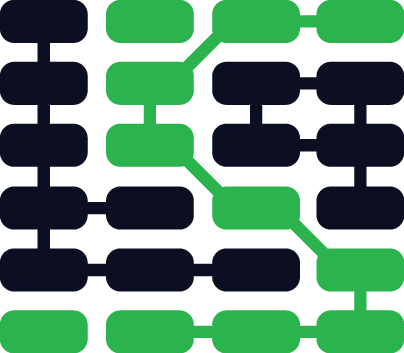Web Application Security
Website security must be thought about while building every level of the web stack. However, this section includes topics that deserve particular treatment, such as cross-site scripting (XSS), SQL injection, cross-site request forgery and usage of public-private keypairs.
Security Resources
-
quick NIX secure script for securing Linux distributions.
-
How HTTPS Secures Connections: What Every Web Dev Should Know
-
The Open Web Application Security Project (OWASP) has cheat sheets for security topics.
-
How HTTPS Secures Connections is a guide for what HTTPS does and does not secure against.
-
Crypto 101 is an introductory course on cryptography for programmers.
-
The first few milliseconds of an HTTPS connection provides a detailed look at the SSL handshake process that is implemented by browsers based on the RFC 2818 specification.
Web security learning checklist
Read and understand the major web application security flaws that are commonly exploited by malicious actors. These include cross-site request forgery (CSRF), cross-site scripting (XSS), SQL injection and session hijacking. The OWASP top 10 web application vulnerabilities list is a great place to get an overview of these topics.
Determine how the framework you've chosen mitigates these vulnerabilities.
Ensure your code implements the mitigation techniques for your framework.
Think like an attacker and actively work to break into your own system. If you do not have enough experience to confidently break the security consider hiring a known white hat attacker. Have her break the application's security, report the easiest vulnerabilities to exploit in your app and help implement protections against those weaknesses.
Recognize that no system is ever totally secure. However, the more popular an application becomes the more attractive a target it is to attackers. Reevaluate your web application security on a frequent basis.
What topic do you want to learn about next?
Web Application Security
Need more detailed tutorials and walkthroughs than what is presented here? Sign up for an email alert when that content is created.
Matt Makai 先生在社区的协助下设计并编写了这个站点。如果你有Github账号,可以 follow他哦。想跟近这本书的最新状态去Github Star 这个项目吧!

